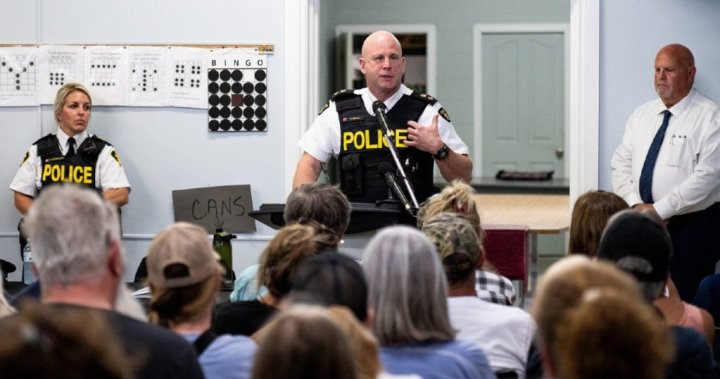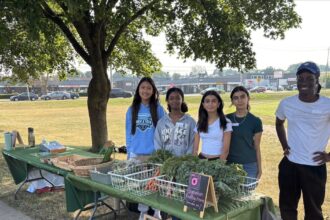In a community gripped by fear and uncertainty, over 100 Quadeville residents packed the local community center Wednesday evening, demanding answers following the brutal attack on a 10-year-old child earlier this month. The CO24 News team was present as tensions ran high during the two-hour town hall meeting where Ontario Provincial Police faced direct questioning about their handling of the investigation and ongoing safety concerns.
“We’re scared to let our children play outside,” said Sarah Johannsen, a mother of three who lives less than a kilometer from where the attack occurred. “The police presence has been virtually non-existent until today. Why did it take a town hall for officers to suddenly appear in our community?”
The April 5th attack, which left a young child critically injured while playing near their home, has fundamentally altered the fabric of this typically peaceful rural community. OPP Detective Inspector James Carlisle, leading the investigation, confirmed that authorities are pursuing “several promising leads” but stopped short of providing specific details that might compromise the ongoing investigation.
“While I understand your frustration, I can assure you we have dedicated significant resources to this case,” Carlisle told the crowd. “We have conducted over 40 interviews and are working through forensic evidence methodically. This is our absolute priority.”
Community safety dominated the discussion as residents voiced concerns about response times in rural areas. Police acknowledged the challenges of covering the expansive jurisdiction with limited resources—a common issue in Canada News reporting on rural policing challenges.
Local councilor Patricia Dempsey revealed that municipal officials are working with provincial authorities to establish temporary security measures, including increased patrols and community watch programs. “We’re coordinating with CO24 Politics to highlight the urgent need for improved rural safety infrastructure,” Dempsey noted.
Perhaps most striking was the emotional testimony from neighbors of the affected family, who described a community transformed by fear. “We’ve lived here for 30 years without locking our doors,” said longtime resident Robert Mackenzie. “Now we’re installing security systems and keeping our kids indoors. This isn’t the Quadeville I know.”
OPP officials urged residents to remain vigilant and report any suspicious activities immediately. They also announced the establishment of a dedicated tip line specifically for this case, emphasizing that community cooperation would be essential to bringing the perpetrator to justice.
As the meeting concluded, community leaders announced plans for a solidarity walk next weekend to support the victim’s family and reclaim a sense of security in public spaces. The child, whose identity remains protected, is reportedly recovering but faces a long road ahead.
In these small communities where violent crime is rare, such incidents shake the collective sense of safety in profound ways. As Quadeville grapples with this new reality, the critical question remains: can rural communities maintain their way of life while ensuring adequate protection for their most vulnerable residents?










